Have you ever wondered why we must be extra careful with our food? Well, one of the crucial things to know is about the Temperature Danger Zone.
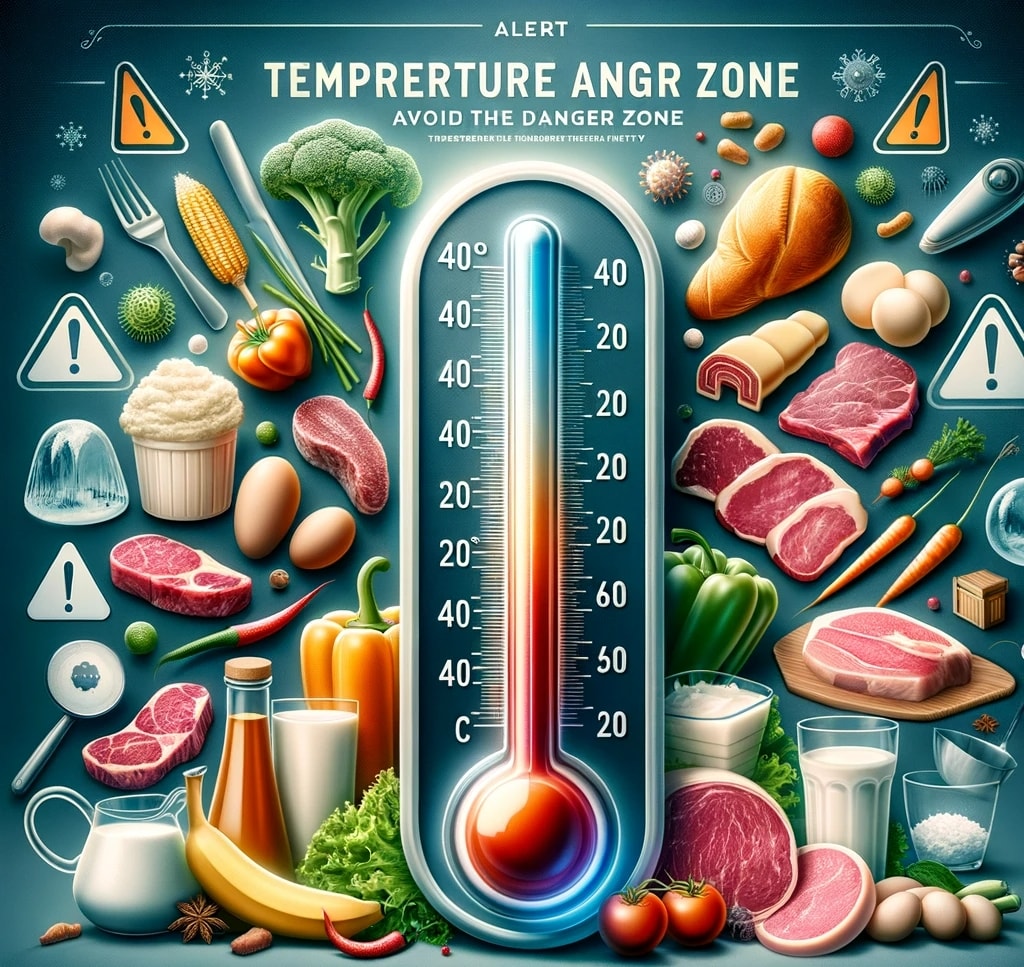
Maintaining safe and healthy food storage practices is of utmost importance. Improperly storing items like meat, seafood, and milk can create an environment where harmful pathogens thrive, potentially causing illnesses.
Now, the question is: how can you be sure that you’re keeping your food at the correct temperature? This might sound like something from a science fiction movie, but it’s a very important concept for keeping our food safe.
In this article, we’ll explain the temperature danger zone, why it’s important, and how you can ensure your food stays out of this zone to prevent foodborne illnesses.
What is the Temperature Danger Zone?
The Temperature Danger Zone (TDZ) is a critical concept in food safety, referring to the temperature range where bacteria can grow rapidly. This zone is typically between 40°F (4.5°C) and 140°F (60°C). To minimize the risk of bacterial growth and foodborne illness, industry standards are set for handling foods as they pass through this zone:
- Foods should not remain in the TDZ for more than a total of 6 hours.
- When cooling food, it must be brought down from its higher temperature to 70°F (21°C) within 2 hours.
- After reaching 70°F (21°C), the food has an additional 4 hours to cool down to 40°F (4.5°C) or below.
- The process is mirrored when heating food: cold food must be warmed to 70°F (21°C) within 4 hours and then to the safe hot holding temperature within an additional 2 hours.
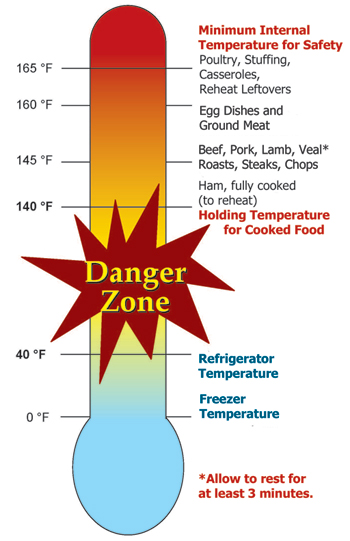
Here’s a basic food safety temperature chart for you as a home chef:
| Temperature Danger Zone | 40°F – 140°F (4.5°C – 60°C) |
| Holding Hot Foods | 140°F (60°C) or higher |
| Holding Cold Foods | less than 41°F (5°C) |
| Fridge Temperature | 40°F (4.5°C) or colder |
| Freezer Temperature | 0°F (-18°C) to -10°F (-23°C) |
You May Also Like: How Long to Leave Steak Out Before Cooking?
How to Keep Food Out of the Danger Zone
It isn’t finished, let’s explore some simple ways to keep our food out of this danger zone.
1. Buy an accurate food thermometer
Investing in an accurate meat thermometer is essential for measuring the internal temperature of foods to ensure they’re outside the TDZ. Use it to check the temperatures of both hot and cold foods, especially when reheating or cooling.
The Typhur InstaProbe instant-read thermometer stands to be a tool that can significantly enhance food safety in your kitchen by providing quick (0.5s) and accurate (±0.5°F/±0.3°C) temperature readings.

Precision, Speed, Elegance
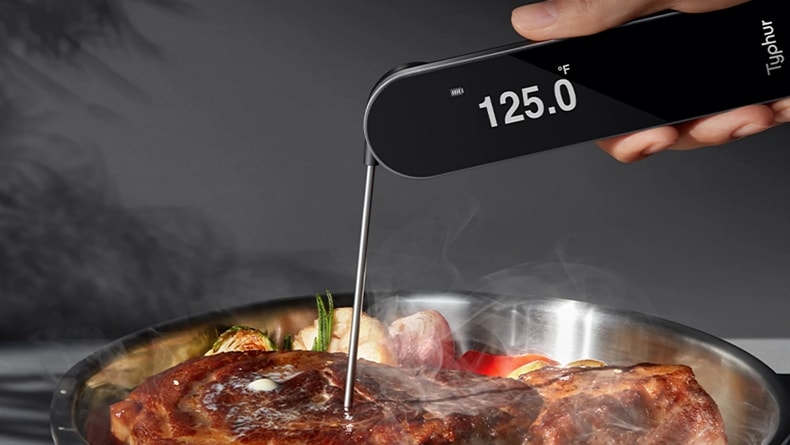
InstaProbe is more than just accurate; it’s tough, too. It can handle a tumble, resist the heat, and even get a little wet with its IP67 waterproof rating. The best part? Cleaning up is a breeze because it’s dishwasher-safe.
So, if you’re looking for precision, durability, and convenience in your thermometer, the InstaProbe has got you covered.
2. Recording food temperatures regularly (HACCP training)
HACCP stands for Hazard Analysis and Critical Control Points. It’s a systematic preventive approach to food safety.
It involves keeping records of food temperatures at various stages, from storage to cooking. Regularly monitoring food temperatures can prevent contamination.
Training in HACCP can provide you with more strategies for monitoring and documenting temperatures.
3. Proper cooling of foods
When you cook food, it’s often piping hot. To cool it down safely, follow these steps:
- Cool hot foods rapidly – from 140°F (60°C) to 70°F (21°C) within two hours and then to 40°F (4.5°C) within a further four hours.
- Use ice baths, ice paddles, or other cooling devices to help bring down the temperature of food more quickly.
- Divide large amounts of food into smaller containers to cool faster.
- Avoid covering hot food tightly when placing it in the refrigerator; this can trap heat and create a TDZ microclimate.
By following these easy instructions, you can ensure your food is safe and stay out of the danger zone.
FAQs about Food Temperature Danger Zone
Food should spend at most 2 hours in the danger zone. If the temperature goes above 90°F (32°C), the maximum safe time limit is reduced to one hour.
The 40-140-4 rule is particularly important when smoking or grilling meat, because slow cooking methods like smoking can often mean the meat remains in the Temperature Danger Zone (between 40°F and 140°F) for extended periods. The 40-140-4 rule means that meat should increase the temperature from 40°F to 140°F within 4 hours. It will reduce the bacteria growth to a great extent.
Time-temperature abuse occurs when food is exposed to the temperature danger zone for too long. Bacterial proliferation and the possibility of foodborne illness can result from this.
Conclusion
Understanding the temperature danger zone is crucial for keeping our food safe. Knowing the danger zone temperatures and why it’s important and following simple steps to keep food out of it, you can protect yourself and your loved ones from foodborne illnesses. Always be conscious of the food’s temperature risk zone when handling it to ensure everyone has access to wholesome meals.


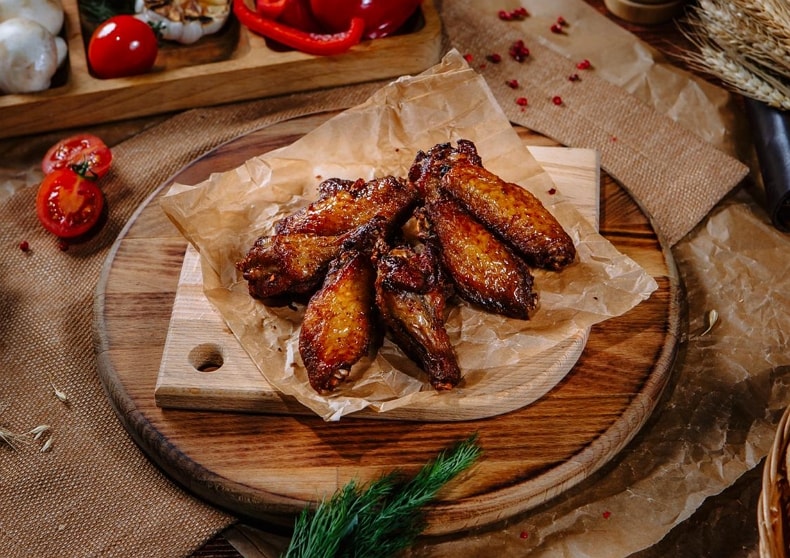
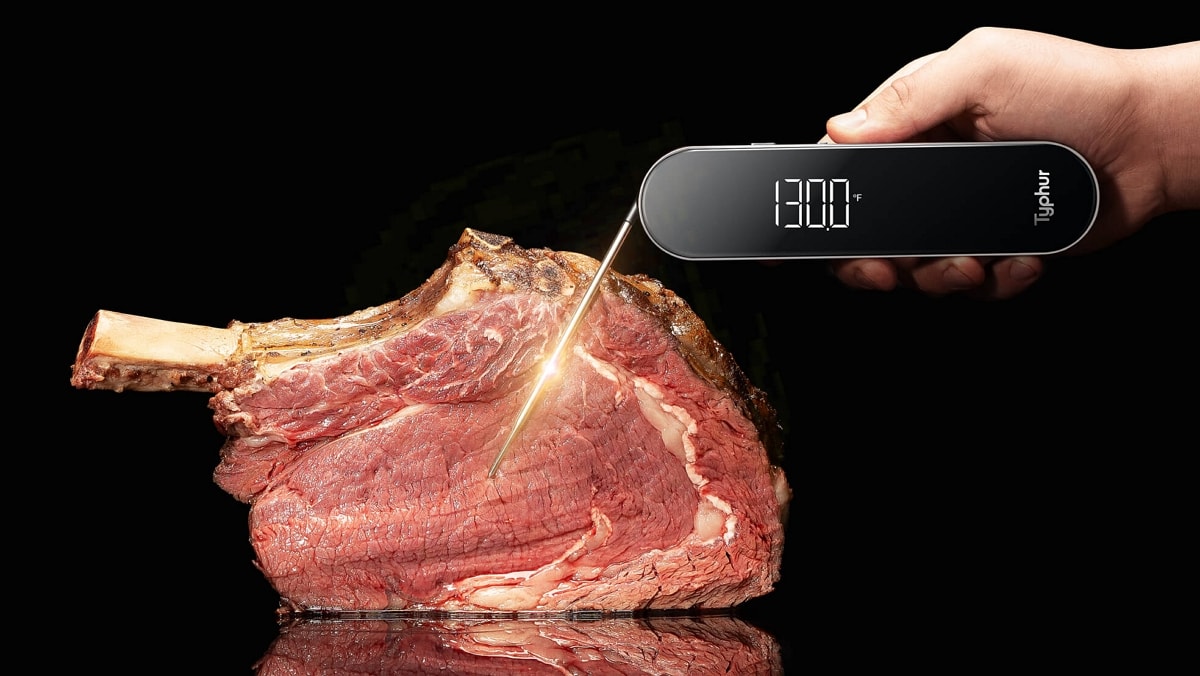

Jede Menge Temperaturangabenfehler in dieser Beschreibung. Z.B. Kühlschranktemperatur 40 °C